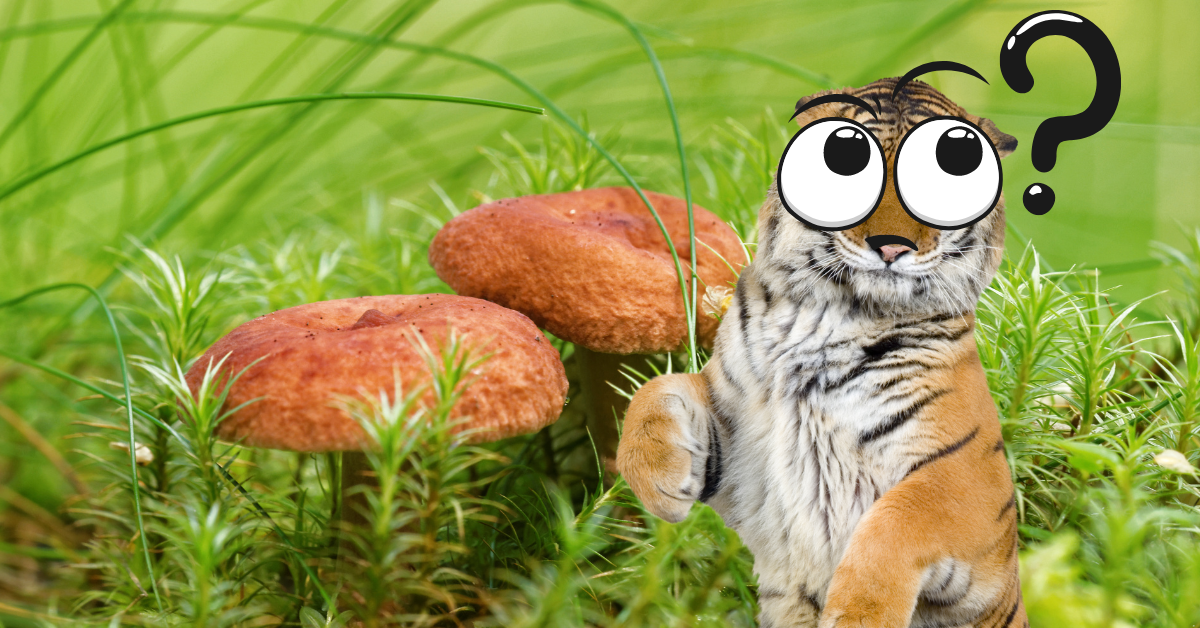The Origin and Significance of Tiger Milk Mushroom (Lignosus rhinocerotis)
Introduction
The Tiger Milk Mushroom (Lignosus rhinocerotis) is a species of fungus that holds significant cultural and medicinal importance, particularly in Southeast Asia. Its name is derived from a combination of its appearance, traditional usage, and perceived health benefits. Let’s explore the detailed origin and significance of this fascinating mushroom.
Appearance and Name
The Tiger Milk Mushroom earns its name from its distinctive appearance. The fruiting body of Lignosus rhinocerotis often features a velvety texture with striking orange-brown stripes, reminiscent of the coat of a tiger. This visual resemblance to a powerful and revered animal likely contributed to the mushroom’s evocative name.
Cultural and Traditional Use
In regions where it is found, especially Malaysia, the Tiger Milk Mushroom has been utilized in traditional medicine for centuries. It holds a revered status in local folklore and traditional healing practices. Known locally as “Cendawan Susu Rimau,” which translates to “Tiger’s Milk Mushroom,” it is believed to possess potent medicinal properties.
Medicinal Properties and Applications
The Tiger Milk Mushroom is traditionally used to treat a wide range of ailments, including respiratory conditions, immune disorders, and fatigue. It is also valued for its purported anti-cancer properties. In traditional Malaysian medicine (jamu), preparations of the mushroom are consumed as tonics or supplements to promote overall health and vitality.
Research and Modern Understanding
Recent scientific studies have shed light on the bioactive compounds present in Lignosus rhinocerotis that contribute to its medicinal properties. These include polysaccharides, triterpenoids, and other phytochemicals with antioxidant and immune-modulating effects. Research has also shown potential anti-inflammatory and anti-tumor activities, supporting its traditional use in cancer treatment and immune support.
Conservation and Sustainable Harvesting
Due to its medicinal value and growing demand, efforts are underway to promote the sustainable cultivation and harvesting of Tiger Milk Mushroom. Conservation initiatives aim to protect wild populations while developing methods for controlled cultivation to meet increasing demand without endangering the species in its natural habitat.
Conclusion
The Tiger Milk Mushroom, or Lignosus rhinocerotis, embodies a rich tapestry of cultural heritage, traditional wisdom, and modern scientific inquiry. Its name reflects both its striking appearance and its reputation as a source of strength and vitality in traditional medicine. As ongoing research continues to unveil its bioactive properties, the Tiger Milk Mushroom remains a symbol of the enduring relationship between nature and human health in Southeast Asia and beyond.




